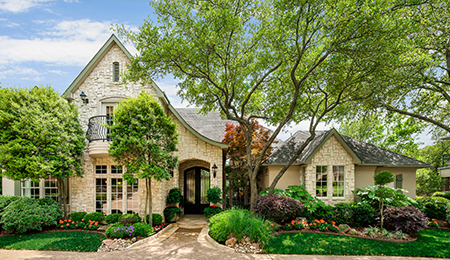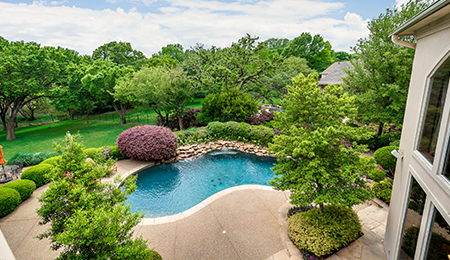Here’s why you should apply for a homestead exemption.
What is the Texas Residential Homestead Exemption? How can you qualify for (and get) it? Why would you want to have it?
The Texas Residential Homestead Exemption removes a portion of your home’s value from taxation, so it saves you money every year. Don’t get too excited, though—it’s not life-changing savings, but it’s savings nonetheless. The only way to qualify for this exemption is by owning your primary residence on January 1. The exemption stays in place in perpetuity as long as ownership doesn’t change and you don’t buy another residential homestead.
“If you don’t have your homestead exemption in place, take care of that now.”
If you’d like to find out whether or not you already have your homestead exemption in place, you can visit your county tax appraisal district’s website. If you don’t, you need to apply for it by April 30 of the following year you purchased your home. You can complete some of the application online, but you do need to provide documentation that your Texas driver’s license matches the address of the property for which you’re getting the exemption.
Not only does this exemption save you money on your taxes, but it also keeps the tax appraisal from going up more than 10% each year. We saw this play out during the last recession when property values declined a little bit. Then in 2013 when they started rising again, the tax districts didn’t catch up until 2015, so they had a lot of ground to make up. Those who had their homestead exemptions in place only faced a maximum tax appraisal increase of 10%.
If you don’t have your homestead exemption in place, take care of that now. If you’d like help applying or have any questions about this topic, don’t hesitate to reach out to me. I’d love to hear from you.



